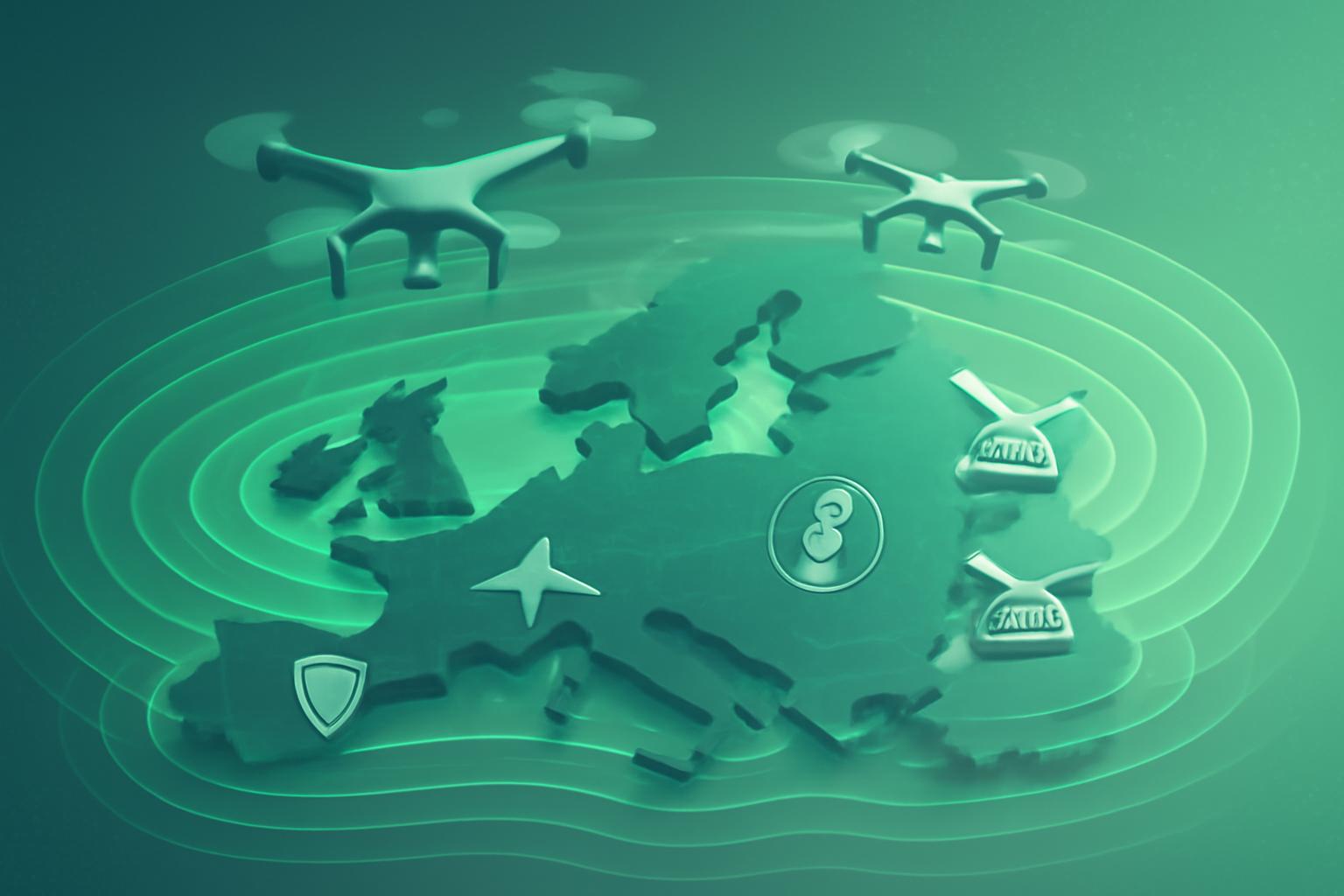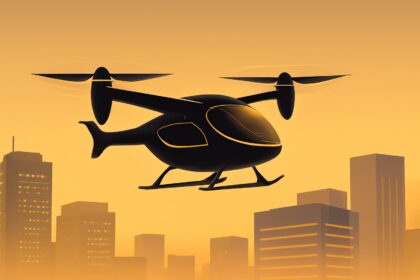European Leaders Advance Drone Wall to Counter Russian Threats
European defense manufacturers and political leaders have welcomed the European Union’s initiative to establish a comprehensive drone wall along the continent’s eastern border. This flagship defense policy aims to mitigate a growing security challenge posed by repeated airspace incursions, particularly near Russia’s western frontier. On October 1 and 2, dozens of EU heads of state convened in Copenhagen, Denmark, to discuss how to enhance defense capabilities and coordinate funding and operations for the proposed drone defense system.
Defense Industry Endorsement of Collaborative Drone Defense
Swedish defense manufacturer Saab expressed strong support for the initiative, highlighting the increasing drone threat in both civilian and military contexts. Mattias Rådström, Saab’s head of media relations, emphasized the need for a unified European response.
“It is clear that the drone threat is rapidly increasing in civilian as well as military contexts and that a collaborative European effort could effectively meet this threat.” – Mattias Rådström, Saab
British defense contractor BAE Systems, which has expanded its drone capabilities significantly, reaffirmed its readiness to support NATO allies and partners, citing its role in providing backbone air power through the Typhoon fighter jets. German arms manufacturer Rheinmetall highlighted the growing interest in unmanned aerial systems (UAS) and counter-drone technologies within the EU. Rheinmetall advocates for a multi-faceted defense approach, with cannon-based systems playing a central role due to their cost-effectiveness and reliability.
“Drones are relatively easy targets because they fly slowly and low, but the challenge lies in detecting mini and micro drones and defending against swarm attacks. Cannon-based defense remains the ideal cost-efficient solution.” – Rheinmetall spokesperson
Security Context and Recent Incidents Driving Urgency
The push for a drone wall follows a series of airspace incursions reported by EU and NATO members including Poland, Estonia, Lithuania, Romania, Denmark, and Norway. These incidents, allegedly involving Russian drones and jets, have disrupted air traffic and heightened regional security concerns. Russia has denied involvement in these drone provocations, dismissing the allegations as unfounded. Nonetheless, the repeated violations have galvanized EU countries to seek enhanced drone detection and interception capabilities. Denmark’s defense ministry disclosed that multiple European nations contributed anti-drone equipment and expertise to bolster its defenses during recent drone disturbances. Ukraine, leveraging its extensive combat experience with drone warfare, also provided critical anti-drone knowledge.
Industry Insights and Challenges Ahead
Jens Holzapfel, business director at Swedish drone defense firm Nordic Air Defense, praised the EU’s drone wall plan as bold and necessary but cautioned against oversimplifying the effort. He stressed the complexity of integrating an interoperable network of radars, sensors, and countermeasures.
“This will be a network of radars, sensors, and countermeasures that need to be interoperable and integrated. It’s not an easy task to accomplish quickly.” – Jens Holzapfel, Nordic Air Defense
Holzapfel also warned about the risk of drones launched from within EU territory, citing the potential for both state and non-state actors to conduct attacks inspired by Ukraine’s “Spiderweb” drone strikes deep inside Russia earlier this year. He expressed concern that bureaucratic delays and disagreements over leadership and industrial involvement might impede the rapid deployment of the drone wall, which experts say is urgently needed.
FinOracleAI — Market View
Europe’s initiative to build a multi-layered drone defense system addresses a critical and escalating security threat on the continent’s eastern flank. The collaboration among leading defense manufacturers and EU member states marks a significant step toward enhancing regional resilience against drone incursions and hybrid warfare tactics.
- Opportunities: Strengthening EU defense integration and interoperability; expansion of defense technology markets; leadership role in counter-UAS innovations.
- Risks: Potential bureaucratic delays and fragmented decision-making; challenges in rapidly deploying interoperable systems; evolving drone threats including swarm tactics and internal launch risks.
Impact: The drone wall initiative is expected to bolster European airspace security and reinforce NATO’s eastern defenses, though success depends on swift, coordinated implementation and technological adaptability.













